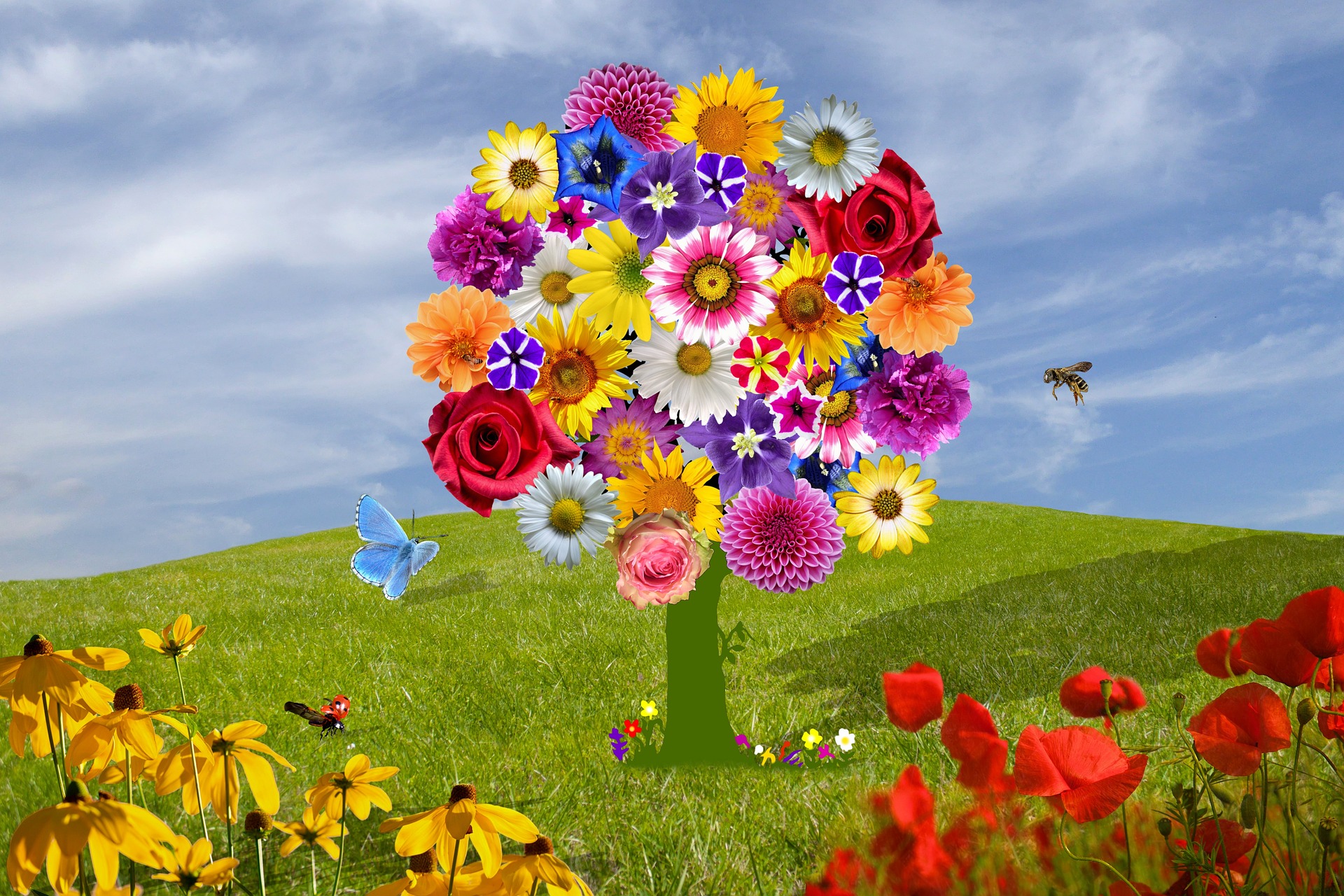
What colours to choose for your flower arrangement
When ordering or making your own flower arrangement, there are a number of factors to consider. One of which being the colours you choose. Your colour choice is just as important as the types of flowers you select. The colour or colours you choose will depend on the occasion, your relationship with the recipient, and the message you want to send. Every colour has its own meaning. For instance, red flowers are associated with love and romance which makes them perfect for anniversaries, Valentine’s Day and other romantic occasions. If you want to send flowers to somebody special without sending a romantic message, you could opt for colours like pink, purple, orange, or even yellow.
When choosing the colour scheme for your bouquet, you have so many options. You could opt for timeless beauty by purchasing several types of flowers in the same colour. Red is the colour of romance and there is nothing more romantic than a bouquet of 12 perfect red roses. Of course, if a dozen red roses is not within your price range, you could always opt for a single perfect red rose in a slim vase. This will certainly let your partner or spouse know just how much you love them.
Florists and flower experts will confirm that there are two main types of colour schemes from which you can choose. These are unrelated and related. There are subcategories too but they all fall under these main options. Related colour schemes are divided into analogous and monochromatic colour schemes. The easiest of which being monochromatic since you only need a single colour. Analogous colour schemes include different shades of three colours. When you look at a colour wheel, you will need to choose colours that are adjacent to one another. This is why it is so important to keep a colour wheel on hand whenever designing a bouquet.
There are also subcategories when it comes to the unrelated colour scheme. These include direct complimentary and triad harmony colour schemes. The trick when it comes to these arrangements is to choose colours that are not the same but they complement each other beautifully. Direct complementary colour schemes include colours that are located opposite one another on the colour wheel. Yellow and purple are one fine example of this. Triad colour schemes use three different colours that are equally spaced apart on the colour wheel. One colour should be the dominant colour while the other two colours offer stylish support. Your dominant colour is perfect for your focal flowers since these blooms are the largest in the arrangement.
Another good rule to remember is to place darker colours in the middle and lighter shades around the edge and in between. The lighter shades help the darker colours stand out more. Another key is to avoid adding too many colours or it could become a bit overcrowded and ‘busy’. Mixed flower arrangements may include several colours but each colour is chosen with care and there are never too many different colours in a single bouquet.
